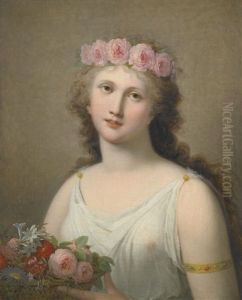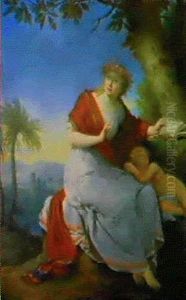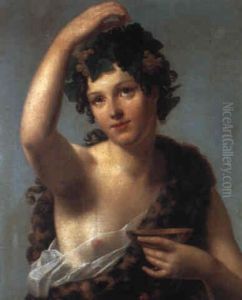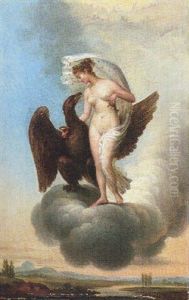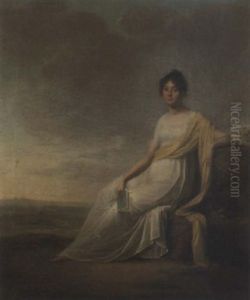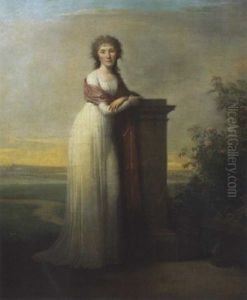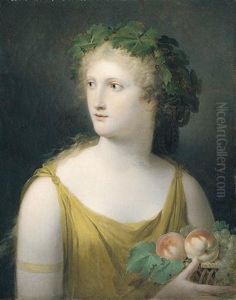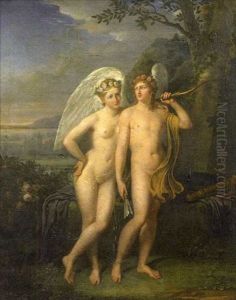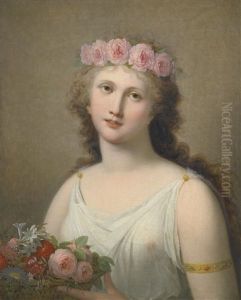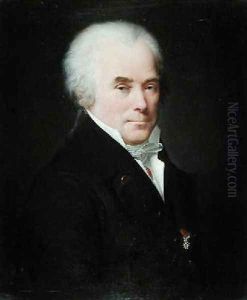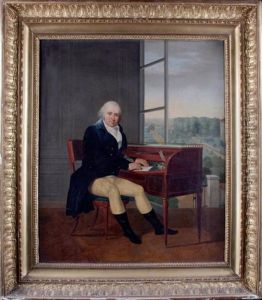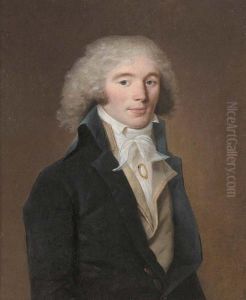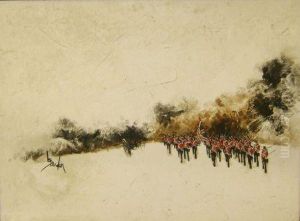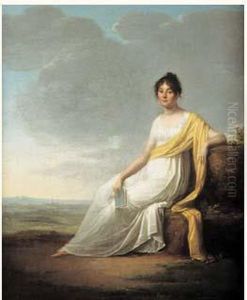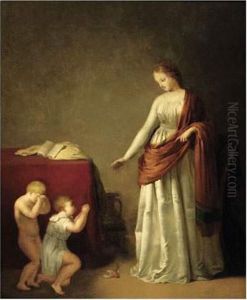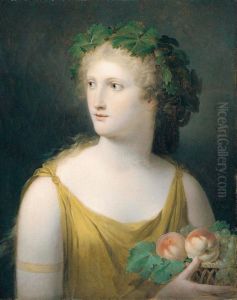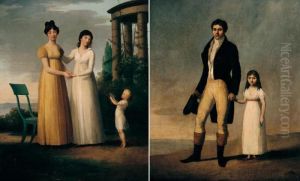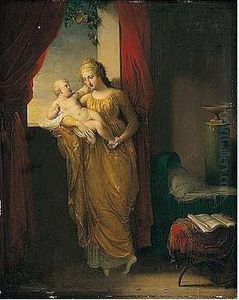Charles Paul Landon Paintings
Charles Paul Landon was a French painter, writer, and art historian born on October 12, 1760, in Nonant-le-Pin, Normandy, France. He is primarily remembered for his work as an art historian and for his contributions to documenting and disseminating knowledge about classical and contemporary art. Landon studied painting in Paris under the guidance of renowned artists such as Nicolas-Bernard Lépicié and later Joseph-Marie Vien. Despite this training, he achieved greater acclaim for his work as an art historian than as a painter.
Landon's career as an art historian flourished during the late 18th and early 19th centuries—a period marked by the French Revolution and the subsequent Napoleonic Wars. These events had profound effects on the arts, as revolutionary fervor led to the reorganization of French cultural institutions and the looting of artworks from across Europe to be brought to France. Landon took advantage of this influx of art to Paris by assuming a role as an educator and art commentator. He served as a curator at the Musée du Louvre, which became one of the world's most important art museums during this period.
He is best known for his work 'Annales du Musée et de l'école moderne des beaux-arts,' a comprehensive collection of engravings that reproduced paintings and sculptures from the Louvre and other European collections. This multi-volume series, first published in 1801, aimed to make the art more accessible to the public and to art students. Landon also published a series of books titled 'Vies et œuvres des peintres les plus célèbres de toutes les écoles,' which were biographical and critical accounts of famous artists from various schools of painting. These publications were significant contributions to art education and history, as they provided both visual and textual understandings of artworks.
In addition to his work as an art historian and curator, Landon also held a position at the French Academy in Rome, further cementing his influence in the artistic and cultural circles of his time. Landon's efforts in the dissemination of art knowledge were widely recognized, and he was instrumental in shaping the early 19th-century discourse on art in France and beyond.
Charles Paul Landon passed away on March 5, 1826, in Paris, leaving behind a legacy as a key figure in the documentation and promotion of fine arts during a transformative period in European history. His works continued to be referenced by scholars and art enthusiasts, contributing to the study and appreciation of classical and contemporary art for years to come.
